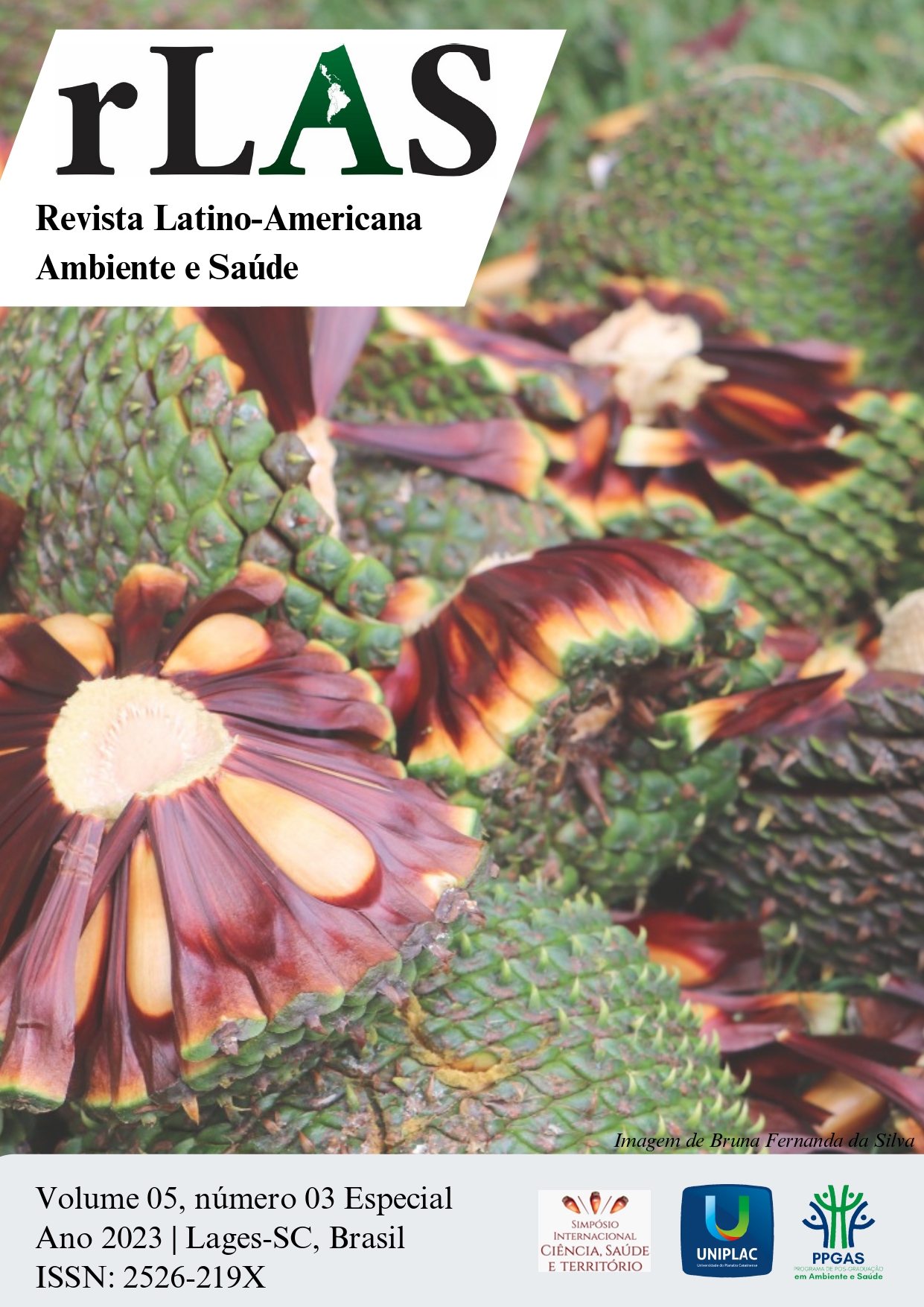Elaboration and characterization of starch biofilms with by-product of the wine industry
Keywords:
Melting. Appearance properties. Polymer filmAbstract
The application of fruit by-products with functional properties in biodegradable food packaging is a feasible, viable and sustainable way to develop new products. The objective of this work is to evaluate the appearance and thermal characteristics of biofilms produced from cassava starch and added by-products of the wine industry. The biofilms were produced by casting from the addition of different concentrations (0, 0.5, 1, 2 and 4%) of flour from the by-product of the wine industry in a cassava starch matrix. The presence of sugars in the grape residue used and the temperature triggered color change reactions in the films. Thus, with the increase in the amount of flour in the films, the yellow color became stronger. The film with 4% residue had the lowest melting temperature of all evaluated systems, and the pure film the highest. This decrease in melting in relation to the amount of flour added may be associated with the high number of phenolic compounds, which interfere with the melting of the film. On the other hand, the opacity of the samples was not significantly influenced by the addition of flour to the starch, resulting in samples with high translucency, an important characteristic for the packaging industry. In this way, it was verified that cassava starch biofilms with the by-product of the wine industry are promising, and their properties showed their potential to be applied in the packaging area.
References
AIDER, M. Chitosan application for active bio-based films production and potential in the food industry. LWT - Food Science and Technology, v. 43. n. 6, p. 837-842, 2010.
CASTILLO, C. et al. Influence of thermoplasticized starch on physical-chemical properties of new biodegradable carriers intended for forest industry. International Journal of Biological Macromolecules, v. 122, p. 924–929, 2019.
CARISSIMI, M.; FLÔRES, S. H.; RECH, R. Efeito da adição de microalgas no filme de amido biodegradável ativo. Algal Research, v. 32, p. 201-209, 2018.
DE MELO, A. P. C. et al. Influência de métodos de secagem na qualidade de uvas passa produzidas no Semiárido brasileiro. Revista Brasileira de Produtos Agroindustriais, v.20, n.2, p.103-110, 2018.
DE MENEZES FILHO, A. C. P.; DE SOUZA, J. C. P.; DE SOUZA CASTRO, C. F. Avaliação das características poliméricas do biofilme do resíduo de melancia. Scientia Plena, v. 15, n. 8, 2019.
FRIEDRICH, J. C. C. Biofilmes a base de amido, gelatina e extrato de tetradenia riparia na conservação de morango. Dissertação (Mestrado em Ciências Ambientais) -Universidade Estadual do Oeste do Paraná, Toledo, 2017.
JAMRÓZ, E. et al. Shelf-life extension of salmon using active total biodegradable packaging with tea ground waste and furcellaran-CMC double-layered films. Food Chemistry, v. 383, 2022.
MALI, S. et al. Filmes biodegradáveis de amido de mandioca, pululana e celulose bacteriana. Química Nova, v. 39, n. 9, 1059-1064, 2016.
MARQUES, G. S. Obtenção de filmes biodegradáveis de amido de mandioca reforçados com nanofibras de celulose de rami. 2018. Dissertação (Mestrado em Engenharia Química) – Curso de Pós-Graduação em Engenharia Química, Setor de Tecnologia, Universidade Federal do Paraná, Curitiba, 2018.


